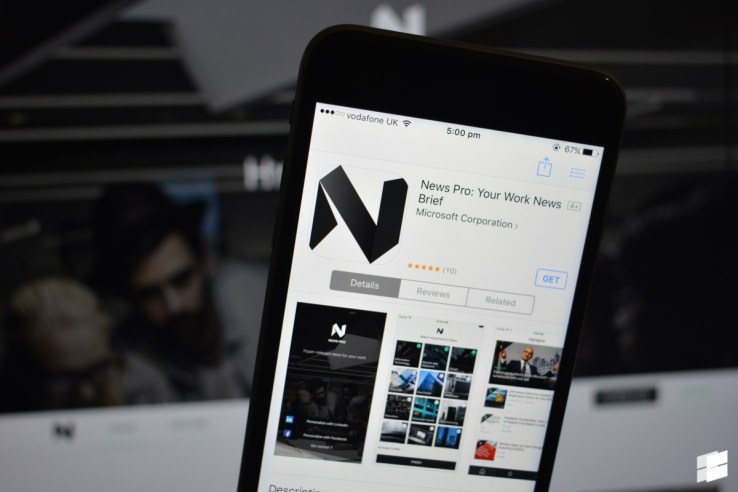Samsung and Qualcomm have been busy bundling their newest smartphones with multiple fast-charging standards but none of them is as fast as the one MediaTek has just announced.
The company has just unveiled the new Pump Express 3.0 standard which will be coming out to its phones later this year. The standard will allow your phone to gain up to 70 percent of its battery life in just 20 minutes which is faster than the competition.
Qualcomm’s fast-charging 3.0 can manage to reach 80 percent of the battery in only 35 minutes although there have been faster standards in between from researchers.
Pump Express 3.0 will make an appearance along with the upcoming Helio P20 chipset phones which will start arriving later this year. MediaTek hasn’t announced the capacity of the phone it was charging though.
It claims to have taken 20 safety protection standards to manage security. It manages overheating through something called “Direct Charging”, a solution which bypasses circuitry by routing the current directly from the adapter to the battery.
This is the first time someone is using this solution through the new Type-C connector, which will provide 4 hours of talk time with just 5 minutes of charging. Pump Express 3.0 has the potential to be a good match-winner for MediaTek, though the company must announce details soon.






